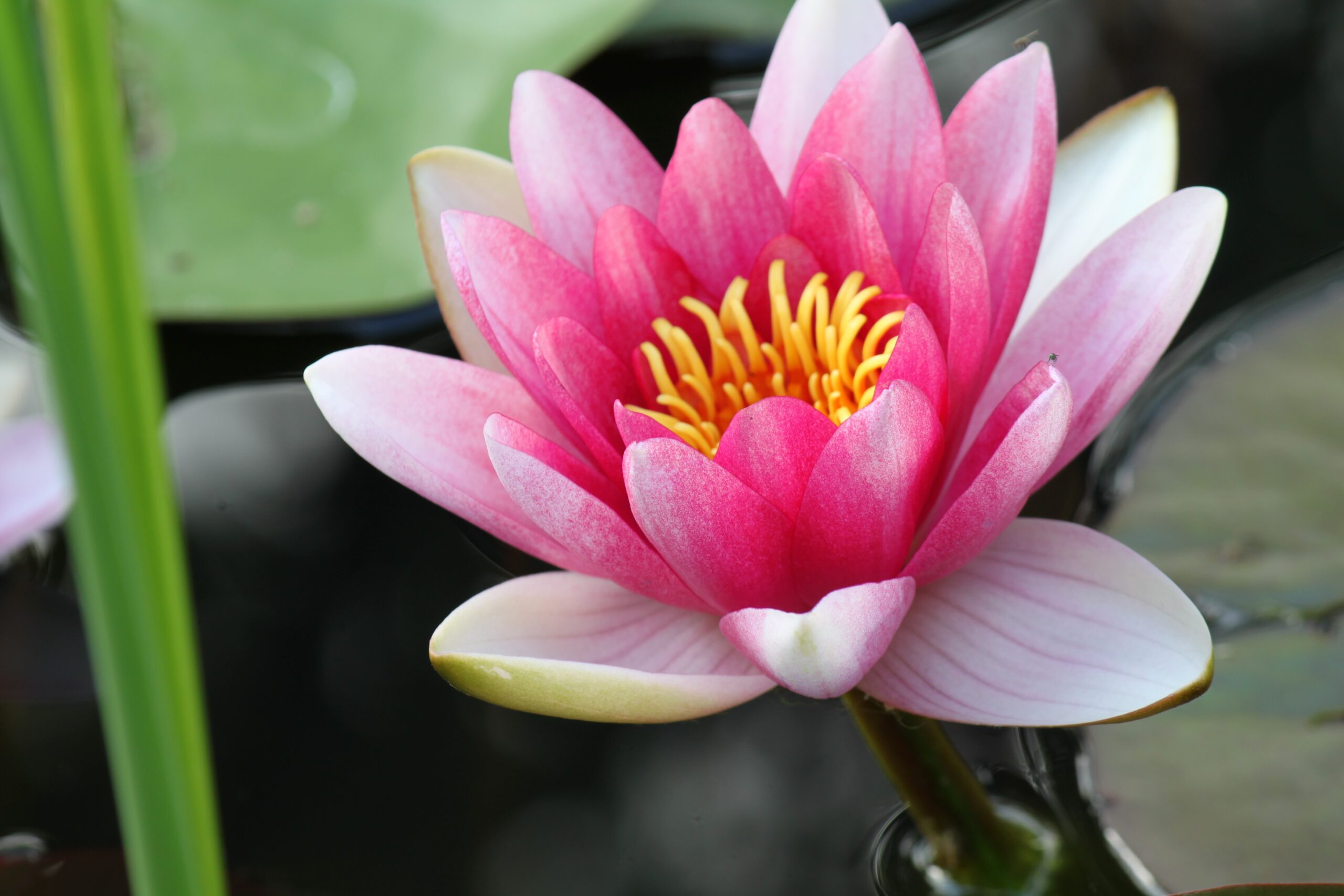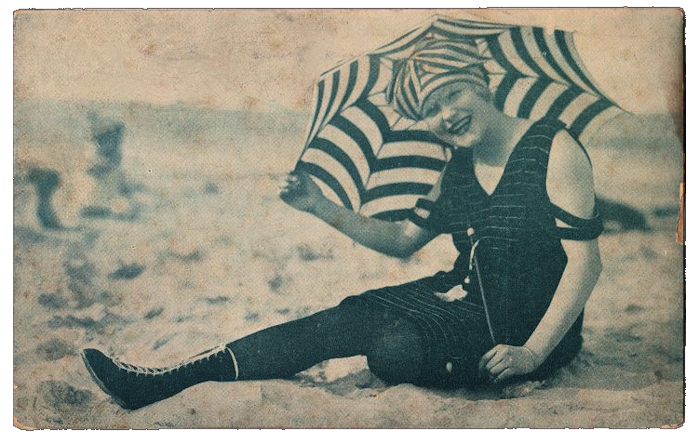We’ve talked a lot about self care in the past. That’s because we truly believe that taking even sixty seconds to care for yourself can make a huge difference! So we’ve rounded up some of our absolute favorite but surprisingly simple self care tips for you today…
Continue readingDifferent Types Of Meditation
Until very recently, I didn’t realize there were different types of meditation. I love my subscription to Headspace but I didn’t realize that their guided meditations are only one type of the many varieties to try!
[list type=”like”]
[list_item]Mindfulness-Based Stress Reduction[/list_item]
[list_item]Transcendental Meditation[/list_item]
[list_item]Primoridal Sound Meditation[/list_item]
[list_item]Heart Rhythm Meditation[/list_item]
[list_item]Kundalini[/list_item]
[list_item]Guided Visualization[/list_item]
[list_item]Qi Gong[/list_item]
[list_item]Zazen Meditation[/list_item]
[list_item]Vipassana Meditation[/list_item]
[/list]
I don’t know very much about any of these but I’m looking forward to learning more. Each comes with its own guidelines and its own goals. So much opportunity for meditation!
Have you practiced more than one type of meditation? Which one is your favorite? We’d love to hear your experiences!
5 Tools to Enter Meditation
Welcome to the third post in a series on meditation techniques and lessons. You can read the first post here and the second post here. Meditation can be a powerful tool to help calm your mind and anxieties. We hope you enjoy!
I have found that often I need something to get my thoughts to begin slowing down to enter into meditation. After my alarm goes off on my phone in the morning, I’ve probably already noticed some new emails to read, thought about what food I want to prep for the day and looked at my schedule. Even if I aim to meditate first thing in the morning, sometimes there are a lot of buzzing thoughts already filling my mind. Here are some entry points that I’ve played with to quiet my mind and help guide me to stillness:
1. Walking Meditation – This is exactly how it sounds. Walk around (inside or outside) but very slowly. Pay attention as your heel and then ball of your foot and then toes grab the ground. Feel the back of your foot as it lifts off when you move forward. See if you can notice each sensation in your body as you walk. Where do you put your weight? What pace do you want to be at? Find yourself completely absorbed in your movement.
2. “I Am Enough” Meditation – With each inhale breathed, “I am,” and with each exhale, “Enough.” As thoughts come to my head about what I want to do or be or things I wish I could change… I remind myself that as I am, I am enough. And on the way, I learn all the areas of my life that I think need more. My health, my physical appearance, my accomplishments, my relationships, my career… And I begin to remind each area that I am enough already. Seeds of new stories…
3. Follow your Ears – When you close your eyes, let your attention follow the sounds around you. Focus on the loudest sound – the birds chirping, a train going by, the sound of the heater, anything. It may change during your time sitting for meditation but let yourself completely go into that sound. Notice that we attach meanings to sounds (birds, train, heater). What can you notice beyond their meanings about the quality and feel of each sound?
4. Levels of Awareness – As you sit down with your eyes closed, begin by hearing and feeling the room around you. Notice the temperature, the sounds, the spaciousness. Slowly draw your attention then to what is near you, what you can feel. What is the surface you are sitting on like? What do your clothes feel like on your skin? Finally, bring your attention inward. Notice your breath, your heart beat. Can you feel your digestion at work or any muscles responding to how you are sitting? After you’ve observed all these things fully, maybe you will enter into stillness to observe your mind.
5. Focused Gaze – Sit with your eyes open and an object in front of you. You could sit very close to a wall (like Zen), light a candle, or look at an image of a mandala (or any drawing!). With your eyes, discover the details of the object. A wall might really challenge your sense of observation! With a candle, see the edges of the flame move and the colors change within the flame. With a mandala, let your attention trace the edges of the lines around the circle.
What tools have you played with to start meditation? What have you learned from them? Did these 5 tips for meditation help get you started? Have you tried meditation as a young adult cancer survivor or caregiver?
Managing Cancer-Related Fatigue
In my previous post, I talked about some common contributors to cancer-related fatigue (CRF), a prevalent symptom among those with cancer and those undergoing cancer treatments. Somewhat paradoxically, studies support moderate exercise to help manage cancer-related fatigue. Upon closer inspection, this makes sense. The negative physiological processes associated with cancer and cancer-treatments, as well as general deconditioning caused by decreased physical activity from not feeling well, lead to a person having less ability to perform physical tasks that once may have been simple. So it makes sense that moderate exercise can help you feel a little better and make everyday tasks less taxing.
Here are some guidelines when figuring out what moderate exercise is best for you:
- Make it something you enjoy (duh). Now is not the time to punish yourself with an activity that doesn’t speak to you or to push yourself to your limits by training for that marathon you’ve always felt like you should do.
- Listen to your body and be kind to yourself. If you are an athlete, this may be especially hard. But this is not a “no pain, no gain” situation. If you love running, go ahead and try it, but don’t beat yourself up if your usual 7-minute per mile pace becomes a gentle jog interspersed with walking. Furthermore, a ten minute gentle walk is a great achievement…an hour long sweat-fest that makes you feel utterly exhausted afterwards is not what we’re after.
- Pace yourself. And I’m not just talking about with exercise. Be mindful of pacing yourself with your normal, daily activities. Rather than planning on getting ready in the morning, then running errands, then meeting up with a friend for coffee, give yourself time between activities to recuperate. And try planning your most strenuous activities early in the day, when you’re likely to be more rested.
I know this mostly sounds like common sense, but I think that when you’re not really feeling well, it’s easy to be hard on yourself. Sometimes you need to hear from someone else to take it easy. I am more than happy to answer more specific questions about exercise and activity. Please ask away in the comments section!







